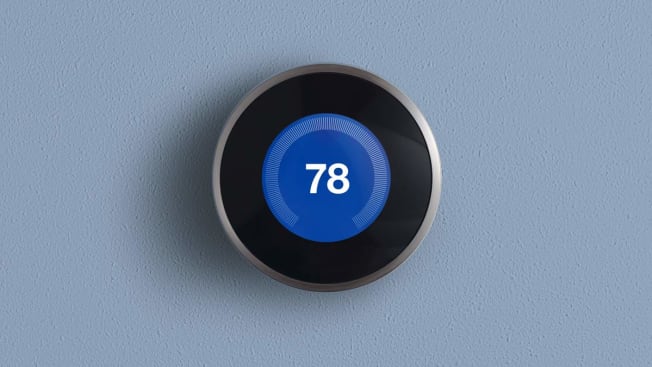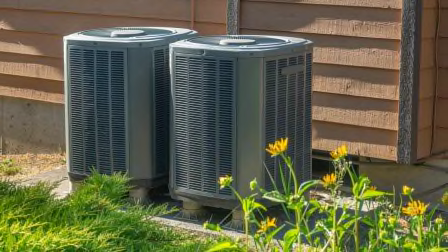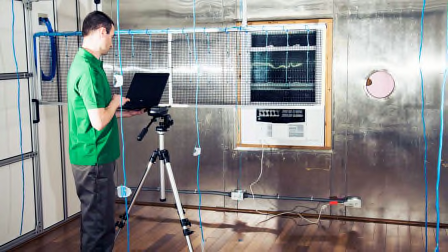Best Setting for Your Central Air Conditioning
Cool ideas for staying comfortable while saving energy
When you shop through retailer links on our site, we may earn affiliate commissions. 100% of the fees we collect are used to support our nonprofit mission. Learn more.

As outdoor temperatures climb, utility bills will likely climb too for homeowners who switch on their central air conditioning systems. If you’re concerned about those rising costs, you might try to skimp a bit on the AC—even if it means squabbles in the family over which temperature setting is most comfortable.
But dialing back can be worth it: You’ll save about 3 percent on your utility bill for every degree you raise the set temperature for your central air, according to the Department of Energy.
So what is the best setting for your central AC?
That depends on who you ask—and whether you care more about keeping cool or keeping your utility bill in check. We don’t want to pick sides, but we can give you some guidelines for finding a happy medium.
Both the Department of Energy and Energy Star, a joint federal program run by the DOE and the Environmental Protection Agency, recommend that for optimal cooling and energy efficiency, you start by finding a temperature at which you’re comfortable when you’re at home and awake. Once your family agrees on a thermostat setting, Energy Star suggests increasing the temperature setting by 4° F when you’re asleep and 7° F when no one is home.
Other Ways to Beat the Heat
If you have a fan, turn it on. A ceiling fan or box fan causes a wind chill effect that makes you feel cooler at a higher temperature setting, as long as the humidity isn’t too high.
If you live in an area with moderate temperatures, you might not need your central air conditioning all day and night. Take advantage of cooler night temperatures by keeping your windows open. Close them first thing in the morning, and keep your shades and curtains drawn when it’s sunny outside to prevent the sun from heating up the house.
If you need the AC when you get home, program it to go on before you arrive or, with some thermostats, turn it on with a smartphone app.
If there’s a heat wave, avoid using your washer, dryer, and dishwasher during the heat of the day. Also make sure you use the exhaust fans in your kitchen when you’re cooking, or in the bathroom when you’re taking a shower.
Cooking outside on your grill is another way to keep the heat out of the house.
What to Do If You Have a Window AC
If you don’t have central air and depend on window air conditioners, it’s more difficult to keep your home at the perfect temperature. Because the thermostat is in the unit itself, it registers the temperature in that part of the room and might not provide a consistent temperature throughout the space you want to cool, depending on how big and open the room is.
That means getting the right comfort level is more trial and error. Start with a setting that you find comfortable and see how it affects your bill.
If you have a window unit in your bedroom, wait until 30 minutes or so before you go to bed to turn it on so that you’re not spending too much time or money cooling an empty room.
Thermostats That Help You Save
Using a smart or programmable thermostat is an easy and reliable way to set and keep temperatures that work with your schedule. In our testing, we’ve found that our top-rated programmable thermostats are easier to program compared with earlier models. But if you're interested in automation, remote access, or monitoring from afar, smart thermostats are the way to go.
For the fully automated approach using an app from your smartphone, try one of the smart models featured below. If you prefer not to fiddle with your smartphone to set your thermostat, try a programmable model that you can adjust at home.
CR members can read on for ratings of the top three smart and programmable thermostats from our tests.




















